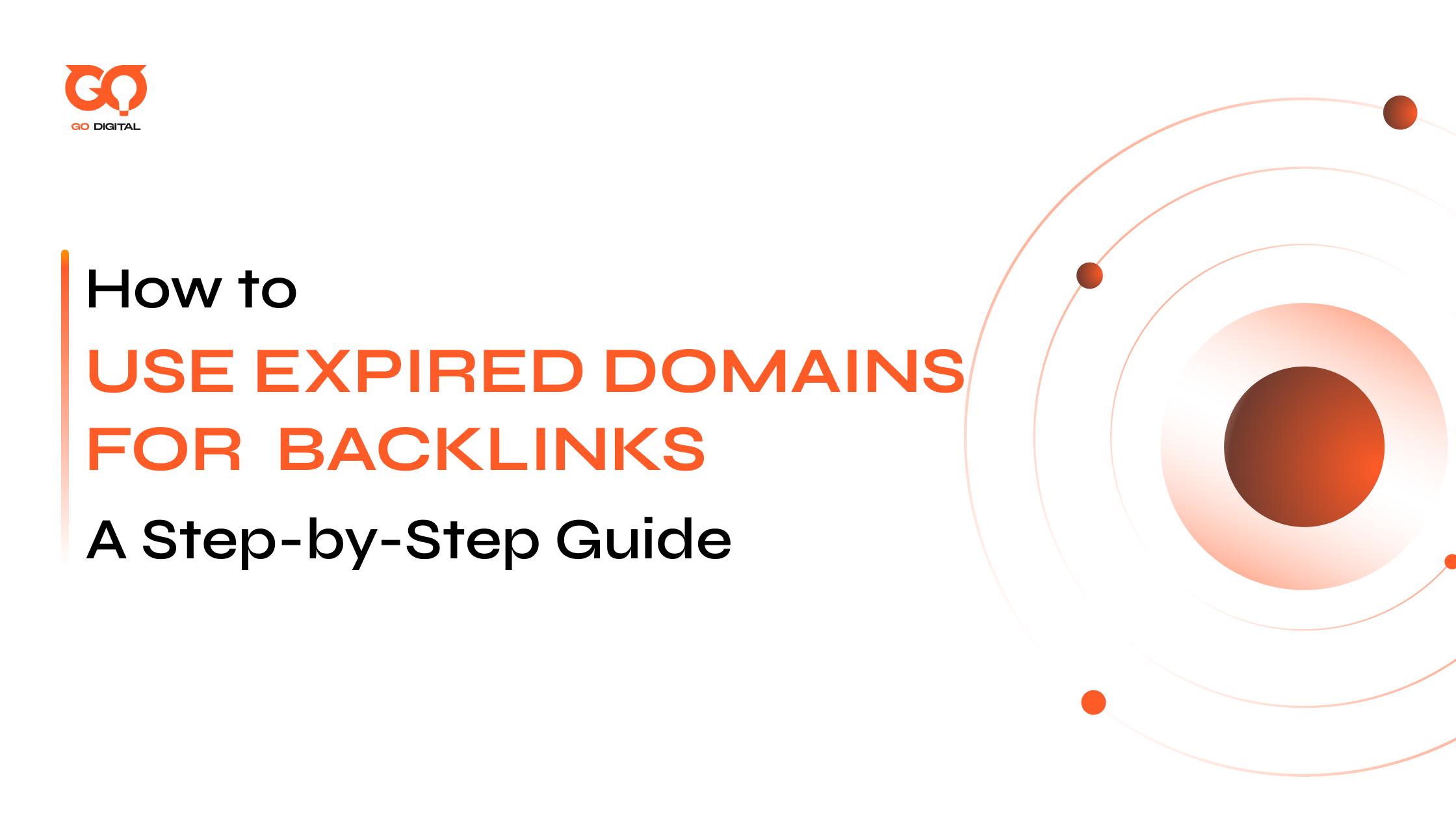Expired domains can be a goldmine for SEOs. With existing backlinks, domain authority, and search history, they offer a shortcut to higher rankings – if you use them correctly.
In this guide, we’ll break down how to use expired domains for backlinks, use them strategically, and avoid penalties in 2025’s ever-evolving SEO landscape. Let’s drive!
Key Takeaways
|
What Are Expired Domains?
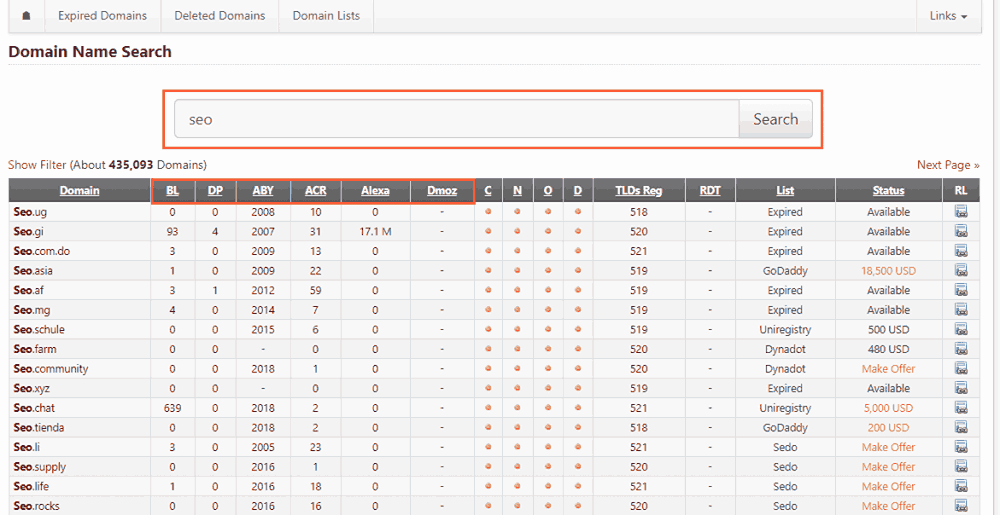
Expired domains provide a shortcut to SEO success
Expired domains are web addresses that were registered but not renewed by their owners. They become available for anyone to purchase. These domains often have backlinks, domain authority, and ranking potential from their past use. This makes them valuable for SEO.
Compared to new domains, expired domains have a head start. New domains face Google’s “sandbox” period, delaying rankings for months. Expired domains with strong backlinks can bypass this, offering faster results. For example, a domain with a New York Times backlink carries significant authority.
According to data from ExpiredDomains.net, there are 96,430,258 domains in their database that have backlinks. This shows that a large number of expired domains can bring benefits in terms of backlinks.
Expired domains speed up SEO results by leveraging existing trust and links. They help your site rank higher without starting from scratch. This is why businesses use them to gain a competitive edge.
| What to get more traffic? Check our post: 25 Proven SEO Techniques to Boost Your Rankings in 2025 |
Four Main Ways to Leverage Expired Domains for SEO

301 redirects can transfer their link equity and increase authority
Expired domains offer several different purposes, allowing you to choose the best approach for your specific goals. Here are four main ways to leverage expired domains for SEO:
301 redirects
A 301 redirect is an effective way to transfer link value from an expired domain to your main website, boosting its authority and improving rankings.
- Step 1: Identify valuable expired domains. Look for expired domains with a strong backlink history and relevance to your niche.
- Step 2: Purchase the expired domain. Register the domain in your name.
- Step 3: Set up a 301 redirect. Configure the web server of the expired domain to permanently redirect all traffic and link value to a relevant page on your main website.
- Step 4: Limit the number of redirects. To avoid penalties from Google, limit the use of 1-2 301 redirects from expired domains per main website.
Satellite sites
Expired domains can become satellite sites supporting your main website. Unlike spammy private blog networks (PBNs), these sites offer valuable content. They link back to your main site naturally, improving SEO.
- Step 1: Choose suitable expired domains. Prioritize domains that are relevant to your main website’s topic and have a clean history.
- Step 2: Build the satellite website. Develop an independent website on the expired domain with high-quality, unique, and useful content for users.
- Step 3: Optimize the content. Ensure the content on the satellite site is optimized for keywords relevant to your main website.
- Step 4: Create natural links. Place backlinks naturally from the satellite site to your main website within relevant contexts, avoiding spammy practices.
- Step 5: Maintain and update. Regularly update content and manage the satellite site to ensure it continues to provide value and avoids being devalued by Google.

New website on an expired domain
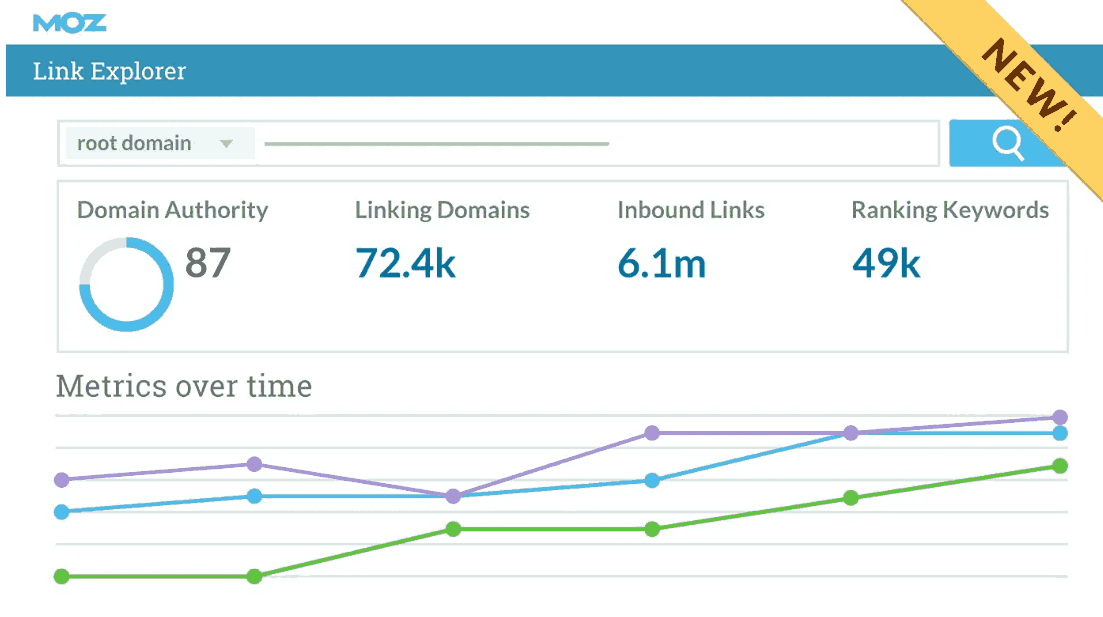
Choose expired domains with a high Domain Authority (DA)
Use expired domains for backlinks by building a new website on a domain with existing authority. This skips the sandbox period, helping your site rank faster. Expired domains cost the same as new ones, making this cost-effective.
- Step 1: Find expired domains with high authority. Research and select an expired domain with good Domain Authority (DA) or Page Authority (PA) metrics and a clean history.
- Step 2: Purchase and re-register the domain. Acquire the domain and prepare it for website development.
- Step 3: Build high-quality content. Develop a completely new website with unique, valuable, and SEO-optimized content.
- Step 4: Develop the website structure. Create a clear, easy-to-navigate, and search engine-friendly website structure.
- Step 5: Promote and build natural links. In addition to leveraging the domain’s initial authority, continue to build high-quality links naturally to boost rankings.
Safer PBN alternatives
Instead of risky PBNs, use expired domains for backlinks to create legitimate sites. These sites can link to your main website without violating Google’s guidelines. This method supports using expired domains for authority-building sustainably.
- Step 1: Carefully select expired domains. Look for domains with a clean history, no Google penalties, and relevance to your industry.
- Step 2: Develop separate websites. Each expired domain will be used to build an independent website with high-quality content and a professional interface.
- Step 3: Diversify content and structure. Ensure each website has unique, distinct content and different site structures to avoid being flagged by Google as part of a PBN.
- Step 4: Create natural and valuable backlinks. Links from these sites to your main website should appear natural, be embedded in meaningful content, and provide value to users.
- Step 5: Sustainable management. Regularly maintain and update these websites, ensuring they operate as independent, legitimate entities that do not violate Google’s guidelines.
How to Find Quality Expired Domains
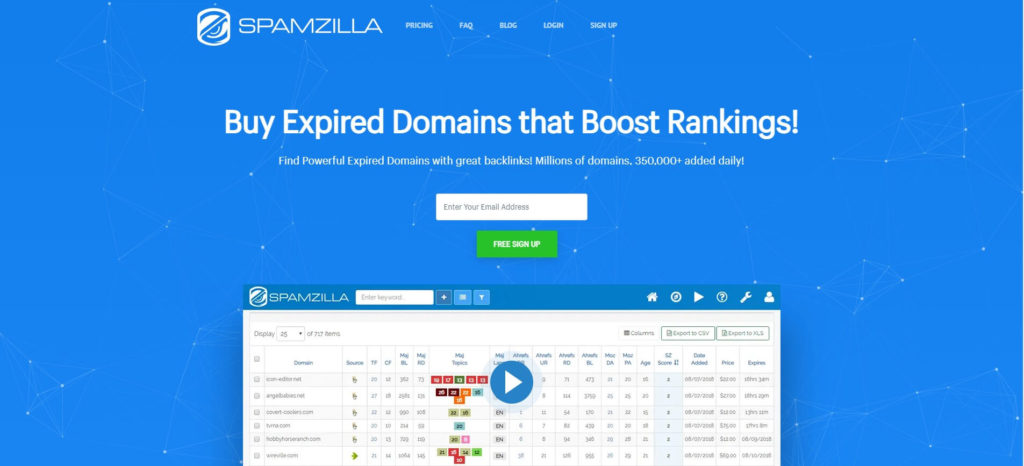
Spamzilla tool finds high-quality expired domains
Finding the right expired domain is crucial for any expired domain link-building strategy. The process explains how to find expired domains that align with your SEO goals.
Here are the recommended tools and steps to search for quality expired domains:
Use Powerful tools for your search
Leverage tools like Spamzilla, Ahrefs, and Majestic to evaluate domains.
- Spamzilla: This tool is excellent for quickly identifying and filtering out spammy domains, saving you valuable time.
- Ahrefs: Offers comprehensive backlink data, allowing you to analyze the quantity and quality of links pointing to an expired domain.
- Majestic: Provides unique metrics like Trust Flow and Citation Flow, giving you a holistic view of a domain’s history and overall quality.
Spot expired domains with quality backlinks
Prioritize domains with a strong backlink profile, as this is a key indicator of link equity and authority. These scores are a good indicator of overall link equity.
- Set Referring Domain Filters: When using tools like Ahrefs or Majestic, begin by setting filters to look for domains with a minimum of 20-30 referring domains. This baseline helps ensure the domain has some existing link equity.
- Look for High DA/DR Scores: Focus on domains with a high Domain Authority (DA) from Moz or Domain Rating (DR) from Ahrefs. These scores are strong indicators of a domain’s overall link equity and authority. Higher scores generally mean more potential SEO benefit.

Find Domains That Match Your Niche
Topical relevance is vital for maximizing the SEO benefits of an expired domain.
- Filter by Keywords: Use keywords related to your industry or topic when searching for expired domains. Look for these keywords in the domain name itself or the historical content of the domain.
- Align with Your Business: For example, if your business sells organic food, search for domains that historically covered topics like healthy eating, sustainable farming, or nutritional advice. This ensures the domain’s past relevance aligns with your current SEO goals.
Expired domains offer an efficient way to build backlinks without paying for them directly. Learn additional methods to gain backlinks for free in our article How to Build Backlinks Without Paying for Them.
Checking domain history to avoid penalized or spammy domains
A thorough review of a domain’s past is essential to prevent acquiring a liability rather than an asset.

- Review Historical Content: Use tools like the Wayback Machine (archive.org) to examine snapshots of the domain’s past websites. Look for consistent themes, legitimate content, and a lack of spammy pages or irrelevant topics.
- Check for Google Penalties: Investigate if the domain has a history of being penalized by Google. While tools can help, sometimes manual review of its content history can reveal red flags like thin content, keyword stuffing, or participation in link schemes.
- Avoid Problematic Past: A domain with a history of spamming or Google penalties can negatively impact your SEO efforts, even if you clean it up. It’s often safer to steer clear of such risky domains and focus on those with a clean, legitimate past.
| Read more posts about backlinks: What Are Fake Backlinks? How To Identify and Deal With Them |
Step-by-Step Process to Evaluate Expired Domains

Follow a clear process to evaluate expired domains for SEO value
Once you have a list of potential expired domains, the next critical step is to evaluate each one thoroughly. Here is a step-by-step process to evaluate expired domains:
Step 1: Analyze Backlink Profile
Start by using powerful tools like Ahrefs or Majestic to thoroughly examine the domain’s backlink profile. You’ll want to check both the number and quality of referring domains. For instance, a domain with 74 backlinks from 30 reputable sites is a strong indicator of existing authority.
Step 2: Assess Backlink Quality
Ensure backlinks originate from trusted sources, such as reputable news sites or industry-specific blogs. A backlink from the New York Times carries more weight than one from an obscure blog. Low-quality links, like those in website footers, are risky and may be removed.
Step 3: Evaluate Niche Relevance
The domain’s past content should align with your niche. A domain about travel is ideal for a travel blog, but not for a furniture site. Mismatched niches can hurt user experience and SEO.
Step 4: Verify Clean History
Before committing, it’s vital to ensure the domain has a clean past. Use the Wayback Machine or Archive.org to check for any history of spamming activities or past penalties from Google. A problematic history can severely hinder your SEO efforts, so always aim for a domain with a clean record.
Step 5: Check Domain and Page Authority
Finally, use tools like Moz or Ahrefs to measure the domain’s Domain Authority (DA) and Page Authority (PA). A higher DA, for example, a DA of 30-50, indicates stronger ranking potential and signifies a more valuable asset for your SEO strategy compared to a domain with a low DA of 10.
Strategies for Implementing Expired Domains
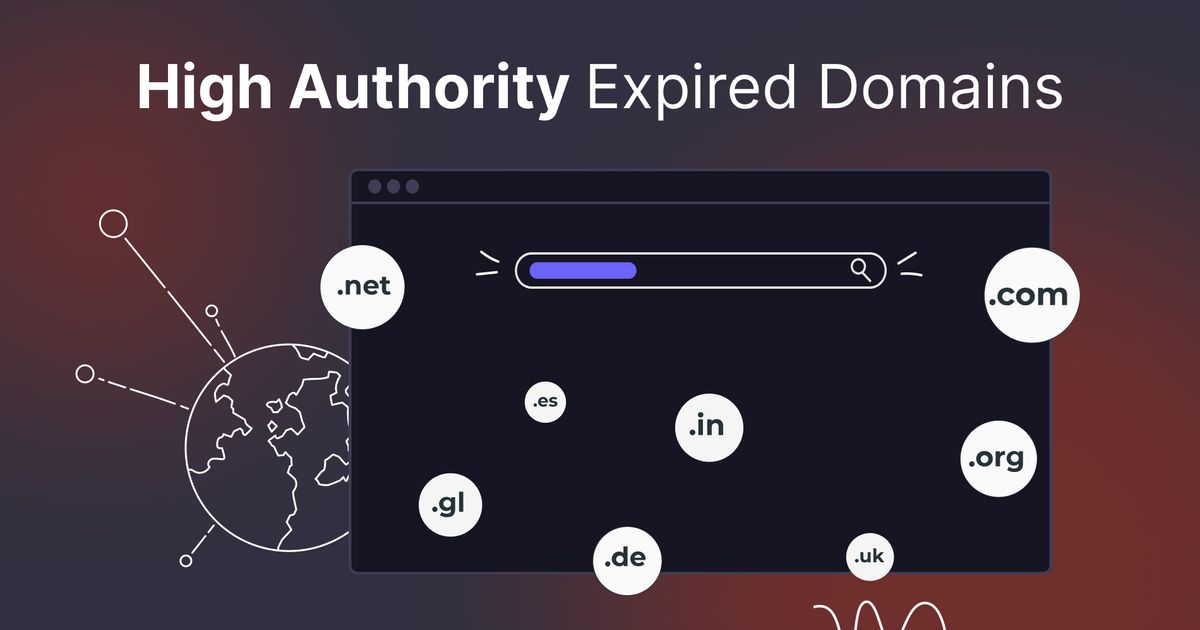
Implementing expired domains requires careful planning and execution
Properly executing an expired domain deployment strategy is key to leveraging its full potential. Here are some effective strategies for deploying expired domains:
- Setting up 301 redirects: Configure 301 redirects to use expired domains for backlinks by transferring link equity to your main site. Redirect the expired domain’s homepage to your site’s homepage. Limit to 1–2 redirects per site to avoid Google scrutiny.
- Building fresh content: Create new, relevant content on the expired domain. Use the Wayback Machine to restore valuable old content and update it. For instance, a travel blog domain can host updated travel guides. Fresh content keeps the domain active and relevant.
- Recovering domain authority: Boost authority by creating high-quality content and acquiring new backlinks. Engage users with blog posts or resources. A domain with traffic can be revived with regular updates. This strengthens its value when you use expired domains for backlinks.
- Limiting redirects: Use only 1–2 expired domains for redirects per main site. Overusing redirects raises red flags with Google. A single redirect from a high-authority domain is often enough. Focus on quality over quantity for sustainable results.
These strategies maximize the SEO benefits of expired domains. Implement them carefully to avoid issues. If managing these efforts in-house feels challenging, you can also explore professional support.
| Read more from us: Outsource Backlink Building: 6 Steps to Get It Right |
Risks and Important Considerations When Using Expired Domains for Backlinks
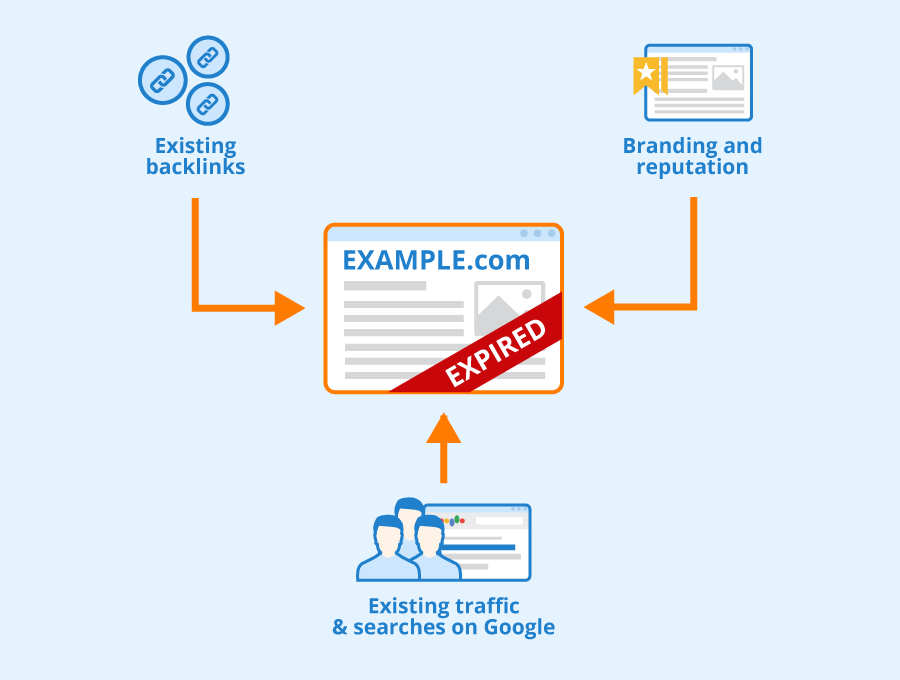
Understand the risks of expired domains to use them safely for SEO
Being aware of the potential risks and important considerations is vital to avoid negative impacts on your online presence. Here are the pros and cons, how to avoid penalties, and key warning signs:
- Pros and Cons: Buying aged domains for SEO offers quick boosts through existing backlinks and authority. However, they can carry risks like spammy backlinks or penalties. Weigh the benefits against potential issues before purchasing. Thorough research mitigates risks.
- Avoiding Google Penalties: Google may penalize sites using expired domains manipulatively. Ensure redirects and content align with your niche. Avoid domains with spammy histories or excessive redirects. Follow Google’s guidelines for safe use.
- Warning Signs: Watch for domains with low-quality backlinks, like those from spammy sites or footer links. Check for past penalties using tools like Google Search Console. Domains with frequent ownership changes may indicate link-building schemes.
- Long-Term Approach: Focus on sustainable SEO with expired domains. Build quality content and maintain relevance to avoid short-term gains that fade. A long-term strategy ensures lasting rankings and traffic.
Conclusion
In summary, understanding how to use expired domains for backlinks can be a game-changer for your SEO efforts in 2025. These pre-existing online assets offer unique opportunities to inherit valuable link equity, accelerate your ranking potential, and gain a competitive edge.
At Golden Owl Digital, we believe in empowering businesses with smart, effective SEO solutions. By incorporating aged domains into your strategy wisely, you can significantly boost your online visibility and achieve lasting growth. Start exploring expired domains today to stay ahead in the competitive digital landscape.

Jaden is an SEO Specialist at Golden Owl Digital. He helps brands rank higher with technical SEO and content that resonates

